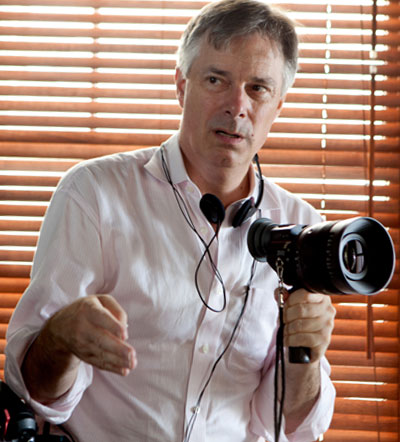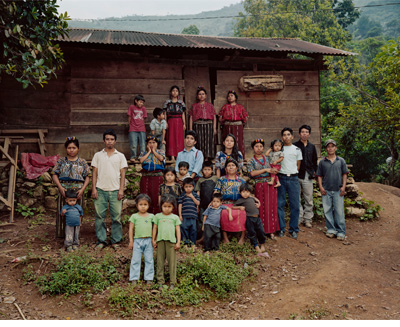
Whit Stillman (director) on set
Photo by Kerry Brown, Courtesy of Sony Pictures Classics
![]()
Filmmaker Whit Stillman’s small, idiosyncratic body of work is highly regarded, even venerated, by a discerning group of moviegoers. Arch, witty dialogue; cheerful but flawed characters; and a touch of social commentary mingle easily in his ensemble dramedies. It’s impossible to mistake a Whit Stillman film for anyone else’s.
His first feature, Metropolitan (1990), about a set of young, upper class New Yorkers, was full of razor-sharp dialogue and savage wit, yet it rang true emotionally and was embraced by many from less privileged backgrounds. Barcelona (1994), starring Taylor Nichols and beloved Stillman favorite Chris Eigeman, was a similar comedy of manners, but set abroad with considerably raised dramatic stakes. The relatively big-budget The Last Days of Disco (1998), starring Chloë Sevigny and Kate Beckinsale, along with Eigeman, may have been a box office disappointment, but it too boasted sharp dialogue, excellent performances, and engrossingly imperfect characters – the Stillman trifecta.
Which brings us (14 years later) to Damsels in Distress, a more lighthearted film, though set in a somewhat familiar milieu – an insular East Coast college campus – and featuring typically self-important yet fragile characters. Actress of the moment Greta Gerwig stars as Violet, ringleader of a group of girls who are figuring out their love lives while trying to save their fellow students from depression, bad odors and general low standards, mainly through dancing. Though Taylor Nichols has a small role as a teacher, Eigeman is noticeably absent.




 Facebook
Facebook Permalink
Permalink Digg
Digg Reddit
Reddit LinkedIn
LinkedIn StumbleUpon
StumbleUpon Tumblr
Tumblr




